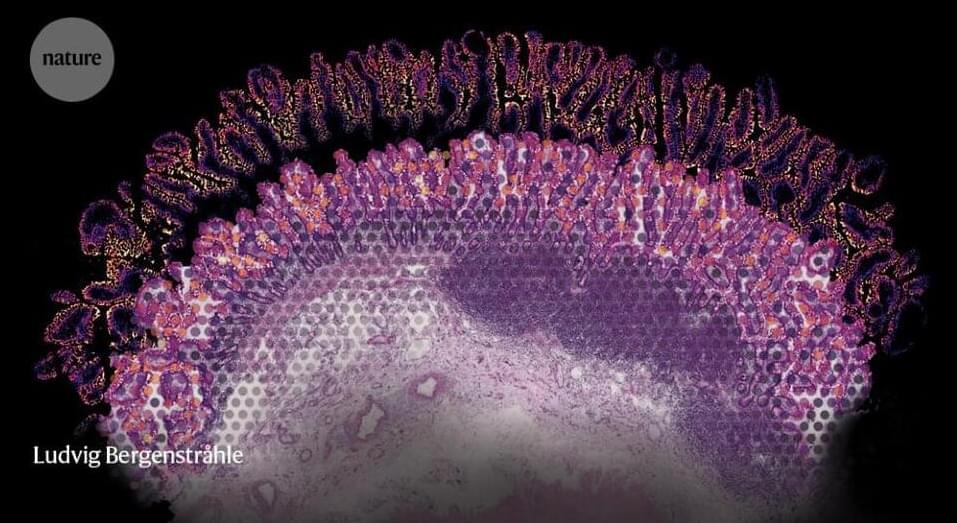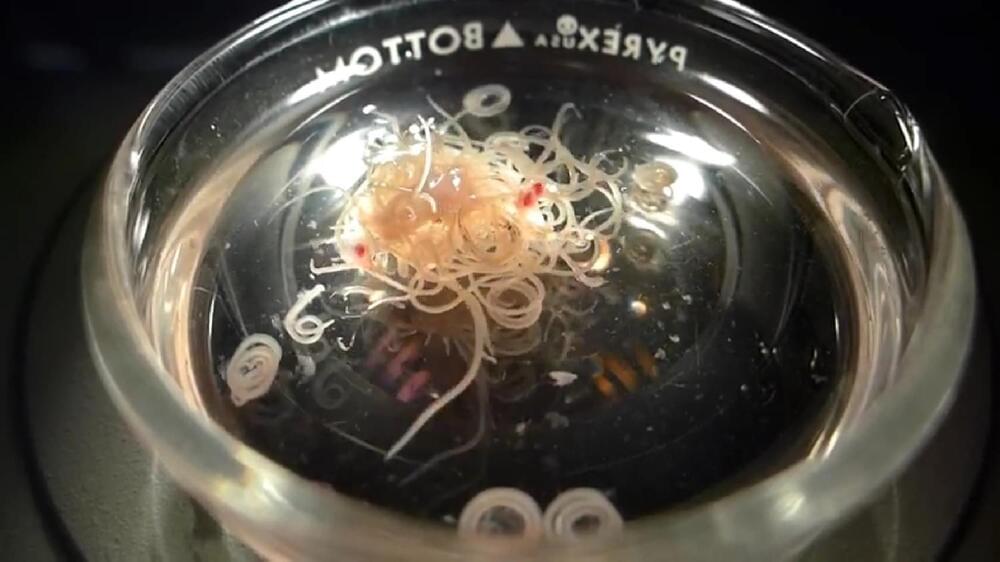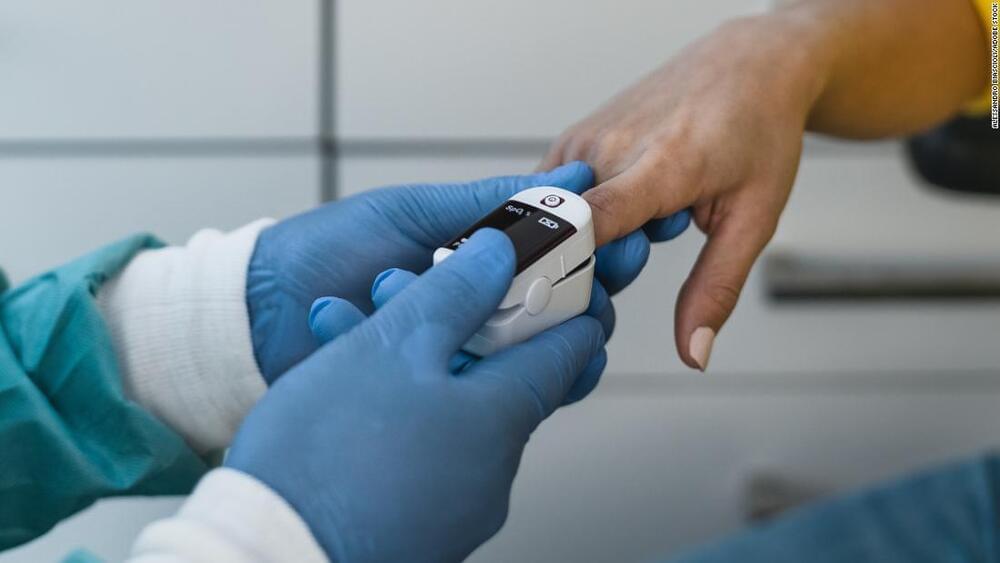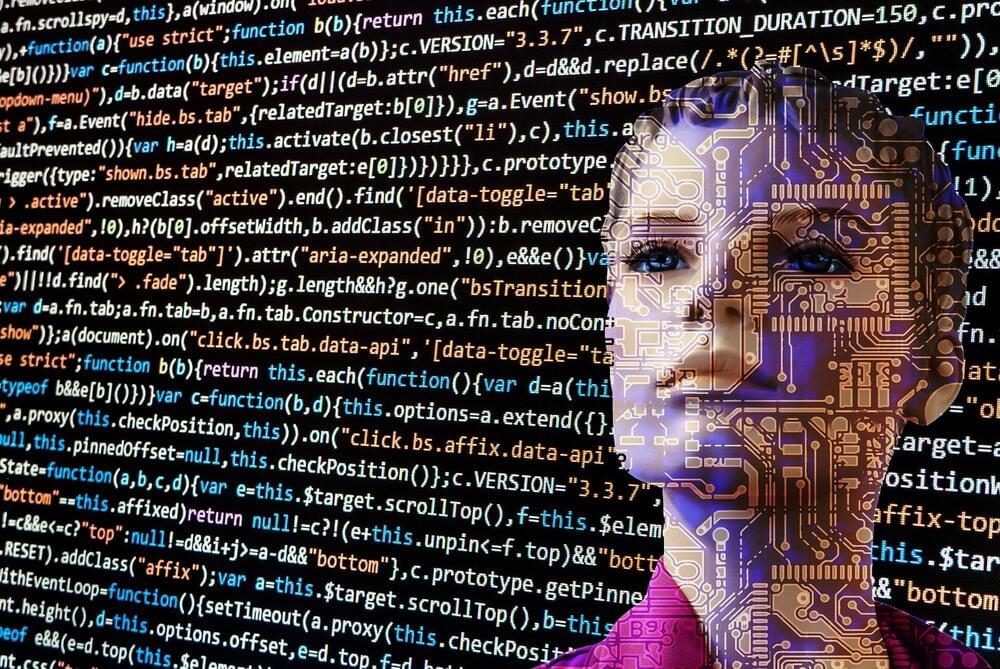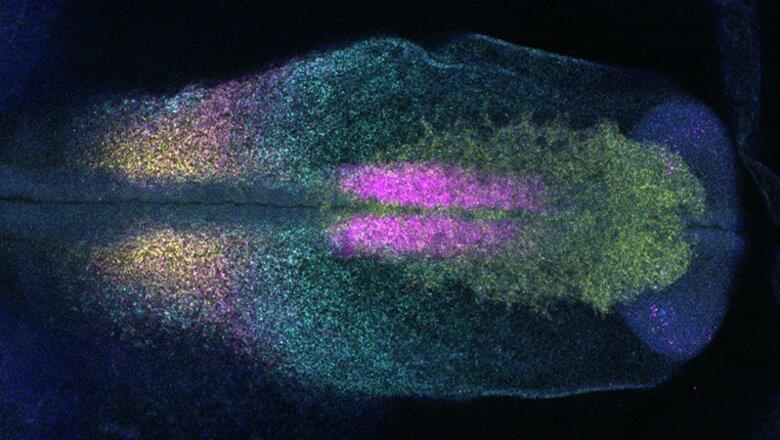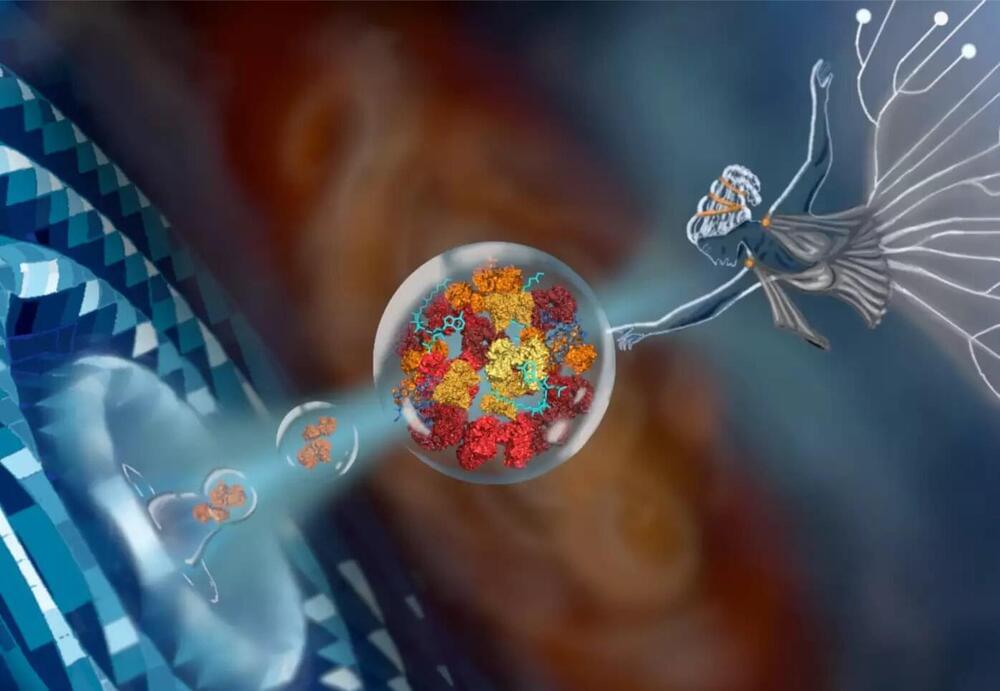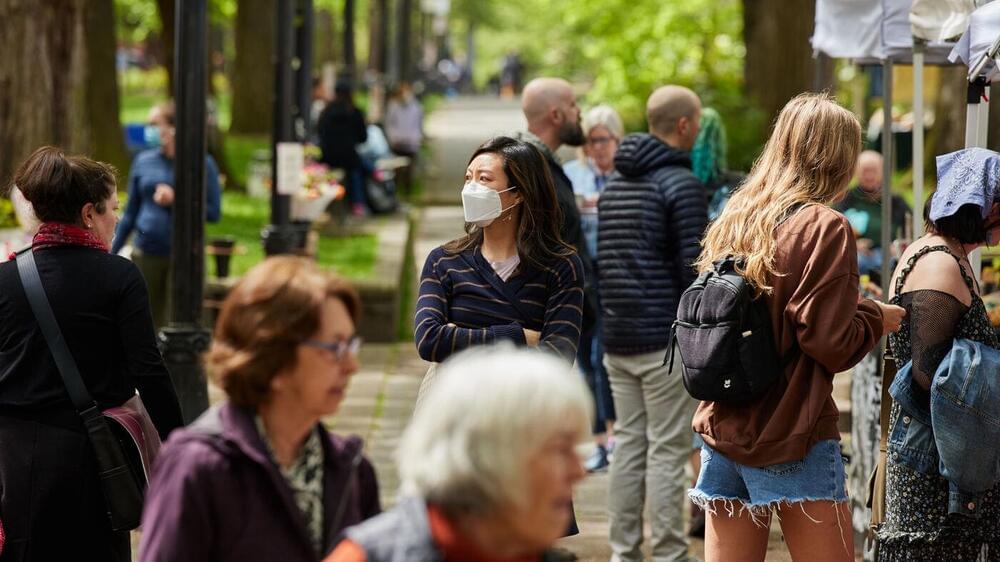The tiny crabs, which are about half a millimeter wide, can bend, twist, crawl, walk, turn, and even leap. Additionally, the scientists created millimeter-sized robots that resemble inchworms, crickets, and beetles. The study is experimental at this time, but the researchers think their technique might move the field closer to developing tiny robots that can carry out useful tasks in small, cramped areas.
The study was recently published in the journal Science Robotics. The same team also unveiled a winged microprocessor in September of last year; it was the tiniest flying object ever created by humans (published on the cover of Nature).
“Robotics is an exciting field of research, and the development of microscale robots is a fun topic for academic exploration,” said John A. Rogers, who led the experimental work. “You might imagine micro-robots as agents to repair or assemble small structures or machines in industry or as surgical assistants to clear clogged arteries, to stop internal bleeding or to eliminate cancerous tumors — all in minimally invasive procedures.”

